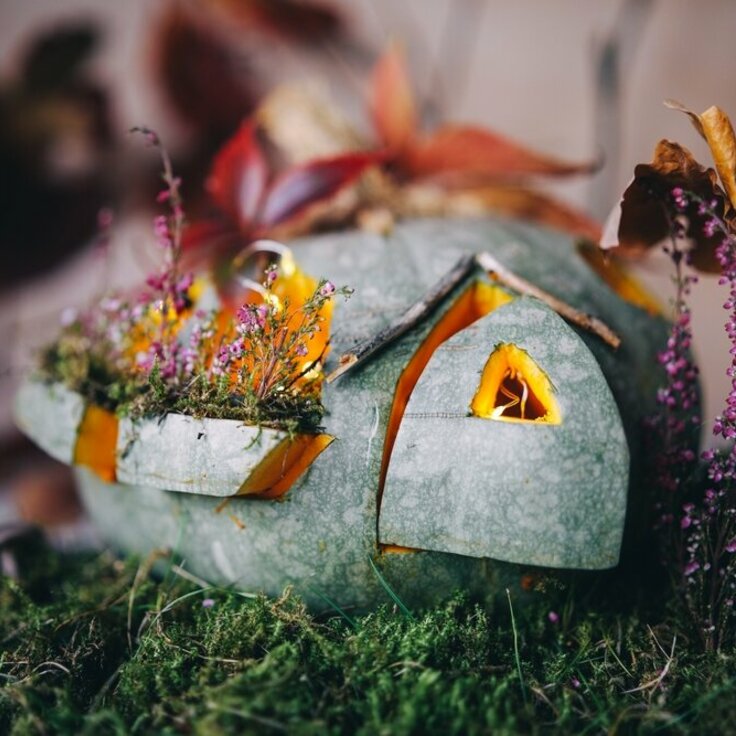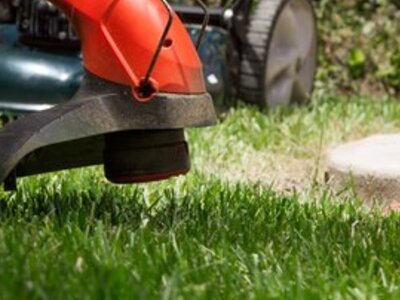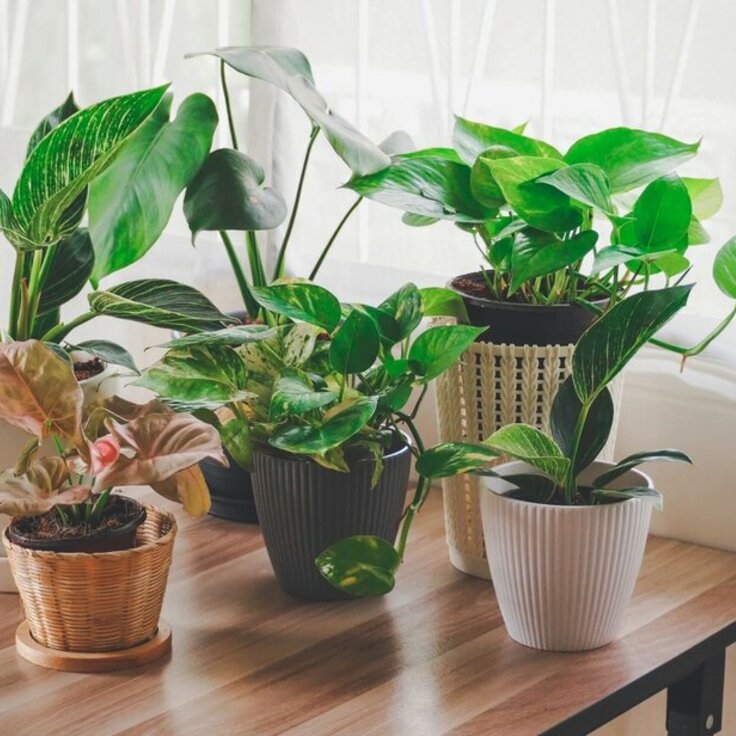Early action
Think about weed control before you establish a new garden or bed. Annual weeds enter the garden as seeds introduced in purchased soil or mulch, or carried on the wind, in water, or introduced by animals. Some weed seeds can survive for decades in the soil. Cultivating a new bed or an annual flower or vegetable garden brings many weed seeds to the surface where, stimulated by light, they germinate. That’s when to eliminate them.
Repeated cultivation will bring more seeds to the surface, eventually depleting the existing weed bank. Perennial weeds are more difficult since, in addition to producing seeds, most reproduce vegetatively. Remove their roots, runners, stolons, rhizomes, or bulbs as you work new soil. If perennial weeds are a serious problem, consider soil solarization, a technique that requires full sun and warm weather. To solarize your soil, mow the existing vegetation very short or till it, then water it well and cover it with sheets of clear plastic, at least one-and-ahalf millimeters thick, burying all sides of the plastic so that heat builds up beneath it.
After about six weeks, most weeds and weed seeds in the upper several inches of the soil will have been destroyed. The drawbacks of this procedure are that it prevents your use of the area for a significant part of the growing season and it destroys or reduces populations of many beneficial soil organisms. If perennial weeds are a serious issue, however, it may be worth the effort.








